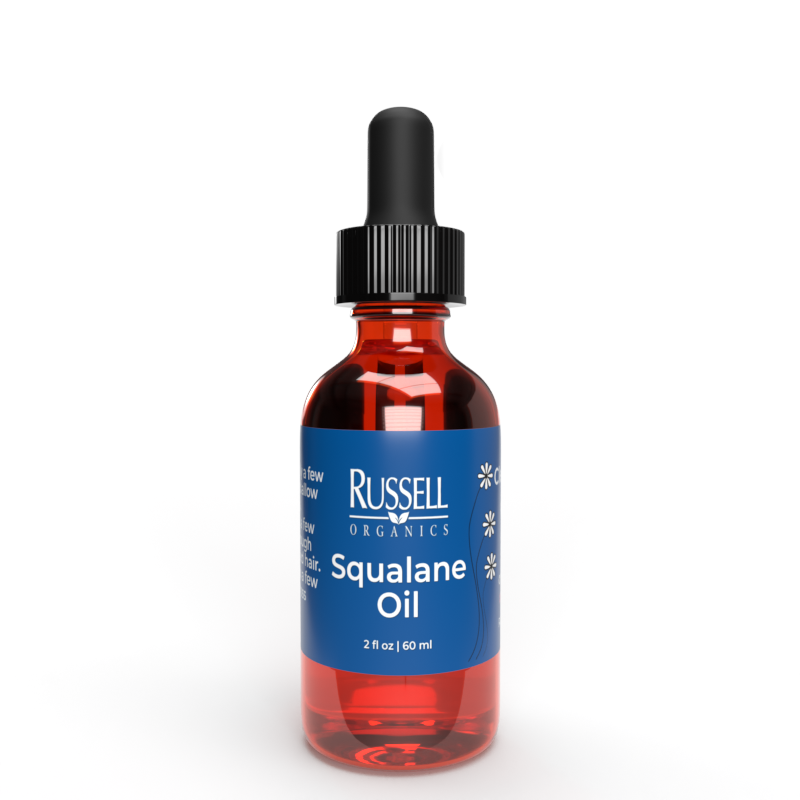The Ultimate Guide to Squalane Oil and Its Skincare Benefits
The Ultimate Guide to Squalane Oil and Its Skincare Benefits
Blog Article

Squalane oil has earned a important place in the skincare industry, admired for its ability to nourish, protect, and rejuvenate the skin. Derived from squalene, a lipid organically created in human skin cells, squalane oil is a refined version of squalene, offering enhanced stability. Still, not all squalane oil is created equal. Its origin plays a significant role in determining its sustainability and environmental impact.
Understanding the Sources of Squalane Oil
Squalane oil can be derived from a pair of primary categories: animal-based and vegetable-sourced materials. The choice between these sources has serious ethical ramifications.
Squalane Oil from Animal Sources
Historically, squalane oil was frequently extracted from the livers of sharks. Sharks are known to be natural source of squalene, which is transformed into squalane oil. Sadly, this practice has serious ethical problems. Millions of sharks are killed annually for their livers, contributing to the depletion of shark populations and destabilizing marine ecosystems. Moreover, the processes used are unsustainable and are environmentally destructive.
The Rise of Plant-Based Squalane Oil
In contrast, botanical-based squalane oil is a more responsible and environmentally conscious solution. It is produced from plants, removing dependency on animal sacrifice. This method addresses animal welfare concerns but also delivers a safe and effective product for skincare applications.
Understanding Botanical Squalane Oil Sources
Among botanical-based squalane oils, two primary sources stand out: squalane oil from olives and sugarcane-based squalane oil. While each offer botanical alternatives, their eco-friendliness is not the same.
Why Olive-Derived Squalane Oil Stands Out
Olive-derived squalane oil is viewed as the superior choice for environmental considerations. Olives are a renewable resource that require less water. What’s more, olive squalane oil offers comparable hydrating and skin-rejuvenating benefits as squalane oil from sugarcane.
The Environmental Downside of Sugarcane-Derived Squalane Oil
On the other hand, sugarcane-derived squalane oil is responsible for notable eco-concerns. Sugarcane production uses large quantities of water and often causes pollution. Thus, it is environmentally taxing than the olive alternative.
The Skincare Benefits of Squalane Oil
Squalane oil offers a plethora of benefits for all skin types. Here’s why it is so highly regarded in skincare:
Skin-Quenching Properties: Squalane oil penetrates deeply into the skin, providing long-lasting hydration without causing breakouts.
Non-Comedogenic Benefits: Its lightweight texture ensures it’s a great choice for even the oiliest skin.
Anti-Aging Properties: Rich in antioxidants, squalane oil helps to combat the appearance of wrinkles and fine lines while guarding against free radicals.
Calming for Irritated Skin: Its natural formulation soothes sensitivity, rendering it great for reactive skin.
Why Squalane squalane oil comedogenic rating Oil Deserves a Spot in Your Routine
Whether you have dry, mature skin, squalane oil delivers remarkable results. By choosing plant-based options, most notably olive-derived squalane oil, you support ethical practices but also give your complexion one of the best ingredients available.
Report this page